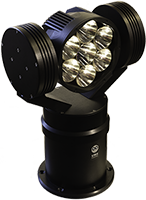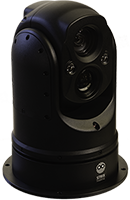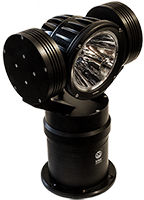The Evolution and Integration of Thermal Imaging and Gyrostabilized Cameras in Marine Navigation
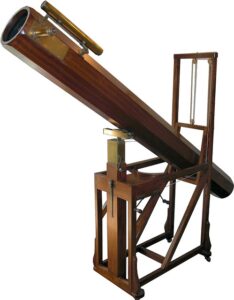
Introduction to Thermal Imaging in Maritime Technology
Thermal imaging technology, initially developed over 200 years ago, has undergone significant evolution. Its origins can be traced back to the 1800s when astronomer Frederick William Herschel discovered infrared rays while studying the sun. This discovery laid the foundation for future developments in thermal imaging, a technology that has become integral in various fields, including maritime navigation.
Early Developments and Breakthroughs
The 19th and early 20th centuries saw pivotal advancements in thermal technology. Machedonio Melloni’s invention of the Thermomultiplier and Adolf Ferdinand Svanberg’s development of the bolometer were instrumental in detecting infrared radiation. American astronomer Samuel Pierpont Langley further refined the bolometer, enhancing its sensitivity and effectiveness. These inventions marked crucial steps in harnessing infrared technology for practical applications.
Mid-20th Century: Military Applications and Advancements
During the mid-20th century, particularly from the 1930s to the 1960s, thermal imaging technology saw significant advancements driven by military applications. This period witnessed the development of single-element devices like evaporographs and vidicons, used for detecting enemy forces. Companies like Texas Instruments and Hughes Aircraft played pivotal roles in developing scanning detectors that laid the groundwork for modern thermal imaging applications.
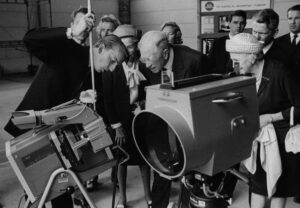
Late 20th Century: Commercialization and Diversification
The latter part of the 20th century saw thermal imaging technology branching out beyond military use. In the 1970s and 1980s, companies like Raytheon and Honeywell developed thermal imaging systems using materials like barium strontium titanate (BST) and vanadium oxide (VOx). The 1990s introduced thermal imaging into home improvement and safety applications, allowing for its use in detecting heat loss in buildings and aiding firefighters.
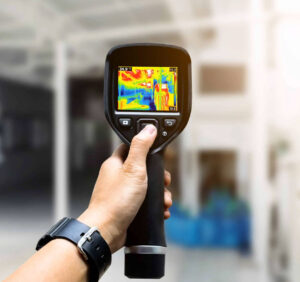
21st Century: Miniaturization and Wider Accessibility
The early 2000s marked a significant expansion in thermal imaging technology, largely due to miniaturization and cost reduction. Thermal imaging cameras became integrated into consumer electronics, including smartphones, opening up new applications and making the technology more accessible to the general public.
Recent Developments: Thermal Imaging for Smartphones and UAVs
Recent advancements in thermal imaging include the development of cameras capable of detecting minute temperature changes, with applications in medical diagnostics and unmanned aerial vehicles (UAVs) for various purposes like search and rescue, wildlife monitoring, and agricultural surveys.
Integration of Thermal Imaging with Gyrostabilized Technology in Maritime Applications
In maritime technology, the integration of thermal imaging with gyrostabilized cameras represents a significant leap forward. These advanced systems offer enhanced capabilities for navigation, surveillance, and search and rescue operations. Gyro stabilized cameras ensure a stable field of view, countering the motion of the vessel, and providing clear, uninterrupted thermal imaging even in turbulent big waves and harsh conditions.
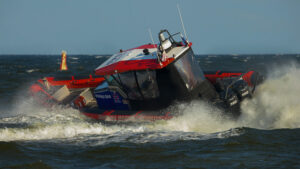
Hermetic Sealing and Gear-Free Design
Strixmarine thermal imagers designed for maritime use feature hermetic sealing to protect against strong water-jets, moisture, ice, snow, dust, sand and saltwater, extending their lifespan and ensuring optimal performance.
Germanium crystal, as a main window of the camera, coated with DLG coating on both sides, to enchange the parameteres of the material and to give extra protection layer to whitstand environmental conditions.
The gear-free design eliminates maintenance needs and enhances operational precision, making these systems reliable, precise and efficient for maritime professionals.
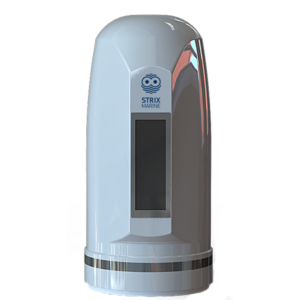
Gyrostabilized Performance for Maritime Challenges
The incorporation of gyro stabilized technology in thermal cameras is crucial for providing stability and clarity in dynamic maritime environments. This innovation allows for accurate tracking and surveillance, essential in complex maritime operations.
Strixmarine’s Impact on Thermal Imaging
Strixmarine thermal cameras represent a significant advancement in the field of thermal imaging, particularly in their incorporation of gyro stabilized technology. These cameras are designed to provide unparalleled stability and clarity in imaging, a critical feature for applications in challenging environments. This article delves into the technical prowess of Strixmarine thermal cameras and their contribution to the evolution of thermal imaging.
Technical Highlights of Strixmarine Thermal Cameras
- Weather Resistant and Durable Design:
Strixmarine thermal cameras are engineered to withstand harsh environmental conditions, including extreme weather, strong water jets, ice, snow, sand, dust and high humidity. This resilience is essential for reliable operation in demanding maritime and other outdoor settings.
- Precision and Reliability in Imaging:
The cameras are calibrated for high precision, a crucial aspect for applications that require detailed thermal imagery. Strixmarine’s focus on reliability ensures that these cameras deliver consistent performance, even under prolonged exposure to tough conditions.
- Maintenance-Free Operation:
A standout feature of Strixmarine thermal cameras is their maintenance-free and 100%precise and reliable patented design. This aspect is particularly beneficial in scenarios where regular maintenance is impractical, offering uninterrupted operation.
- Compact and Lightweight Construction:
Despite their ruggedness, Strixmarine cameras are built to be compact and lightweight, allowing for easy installation and integration into various platforms, including small vessels with limited space.
- Elimination of Mechanical Wear Components:
The design of Strixmarine cameras omits gears and belts, thereby reducing mechanical wear and tear. This choice extends the camera’s operational lifespan and contributes to smooth, 100% accurate stable imaging.
- Advanced Gyrostabilized Technology:
The core feature of Strixmarine thermal cameras is their advanced gyro-stabilization. This technology counters the effects of motion, providing a stable imaging platform even in the most turbulent conditions.
The integration of gyro-stabilization is pivotal for applications where stability is critical, such as maritime navigation, aerial surveillance, and search and rescue operations. It ensures that the thermal imaging remains clear and undistorted, regardless of the platform’s movement.
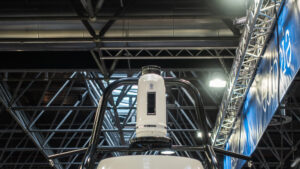
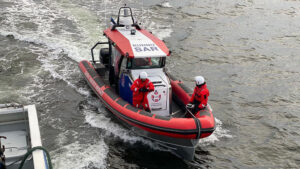
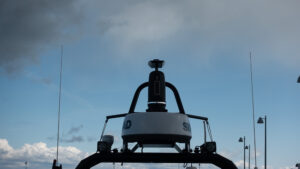
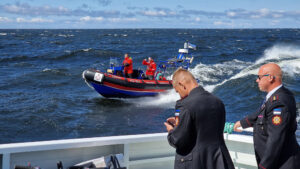
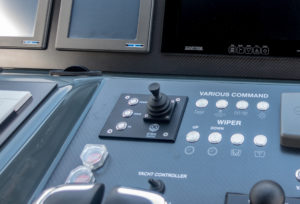
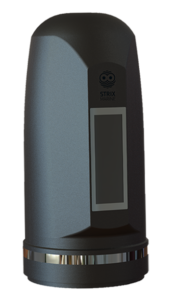
Strixmarine’s Role in the Evolution of Thermal Imaging
Strixmarine thermal cameras, with their gyro-stabilized technology, are at the forefront of thermal imaging innovation. They address key challenges in thermal imaging, such as operating in dynamic environments and maintaining high-quality, stable imaging. As the scope of thermal imaging continues to expand, Strixmarine cameras are poised to play a crucial role in this technological progression, offering robust, precise, and innovative solutions for a wide range of applications.
The Future of Maritime Thermal Imaging
The evolution of thermal imaging and gyrostabilized camera technology has profoundly impacted maritime operations, enhancing safety and efficiency. As technology continues to advance, these systems are poised to play an increasingly vital role in navigating the complexities of the marine environment, offering unparalleled precision and reliability for maritime professionals

GET IN TOUCH
Ready to experience the Strixmarine difference? Contact us to order, get more information, see our products and product demos, or discuss your specific needs. Our team is ready to help you enhance your night vision capabilities with our state-of-the-art systems.
info@strixmarine.com | Tel: +372 56 605865 (GMT+3 working hours)
Address: Haapsalu, ESTONIA 90420
© Strixmarine 2024 All rights reserved.



